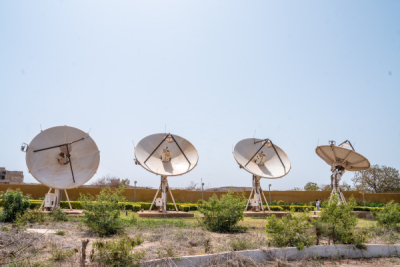Currently, there are over 1.3 million kilometers of subsea cables in the world. By 2030, those cables will be replaced and the network expanded. The ITU wants to capitalize on that network to enhance climate protection.
The International Telecommunication Union (ITU) is currently developing two standards regulating the operations of SMART cables. SMART here is an acronym for “Scientific Monitoring And Reliable Telecommunications.” Therefore, the cables being regulated by the new standard will provide scientific sensing in addition to telecommunication signals.
SMART cables are the upgraded version of subsea cables. They “include tried‑and‑tested environmental and hazard‑monitoring sensors in cable repeaters, which house devices amplifying the optical communication signals at intervals along a submarine cable,” the ITU explains.
“Three sensors measure ocean‑bottom temperature as an indicator for climate trends; pressure for sea‑level rise, ocean currents, and tsunamis; and seismic acceleration for earthquake detection and tsunami alerts. Sensors should be operational at all times, and all detected data will be transmitted to cable landing stations at the speed of light,” it stresses.
The ITU's standardization efforts are based on the minimum requirements established by the Joint Task Force on SMART Cable Systems, which was formed in 2012 with the support of the Intergovernmental Oceanographic Commission of UNESCO (UNESCO-IOC) and the World Meteorological Organization (WMO). The new standards are expected to be completed by 2024.
According to a release published by the ITU last June 8, the first cable system to dedicate a commercial telecom fiber to environmental sensing was EllaLink, the Brazil‑Portugal trans‑Atlantic cable system. It illustrates how telecom technologies can be leveraged for development.
Muriel Edjo



















